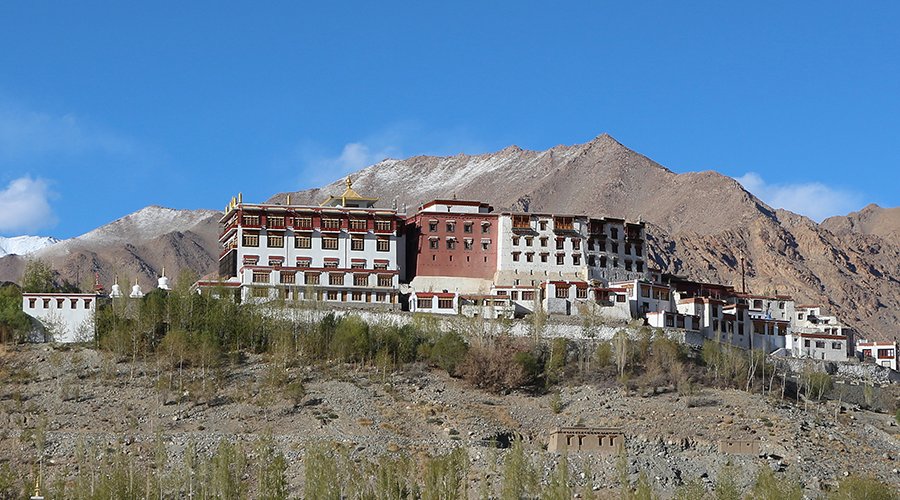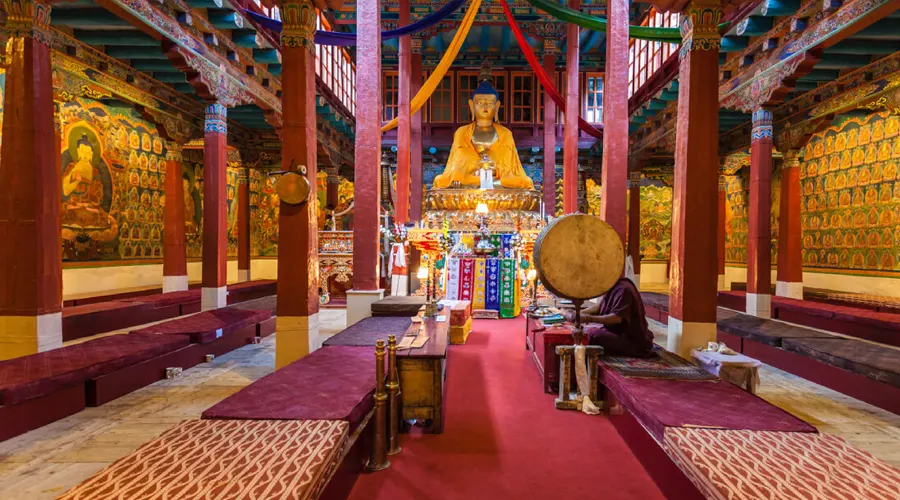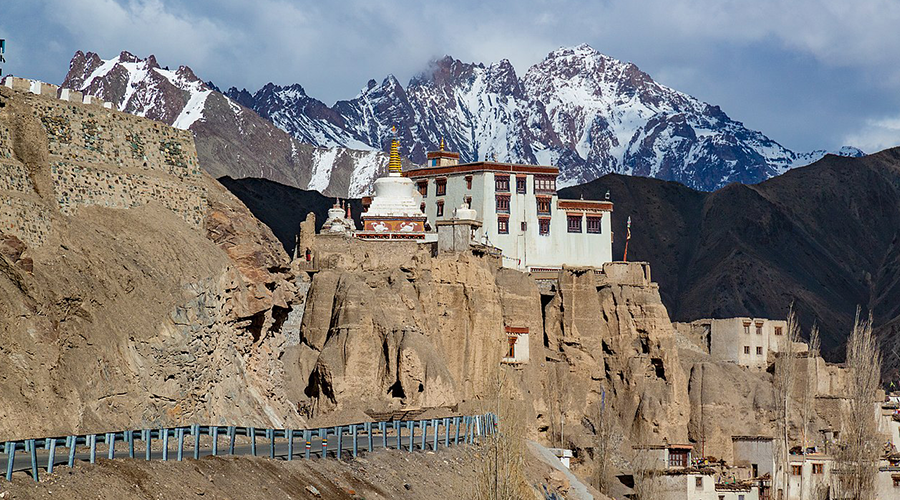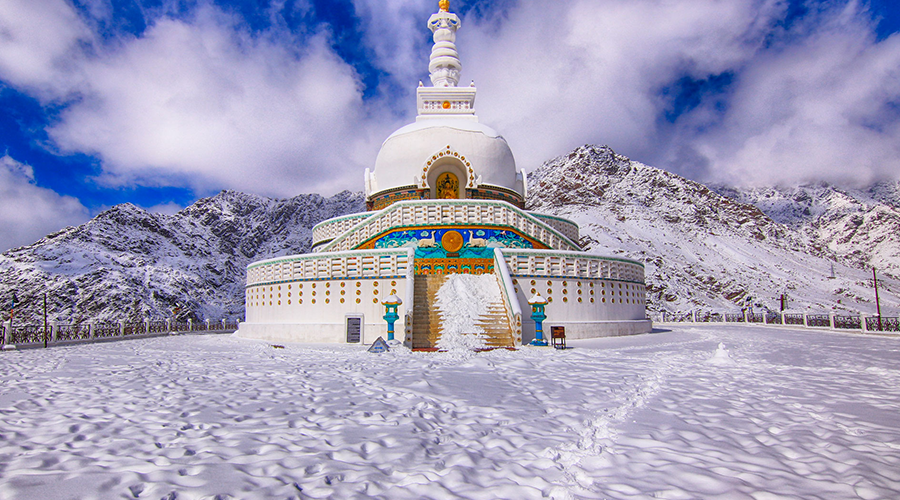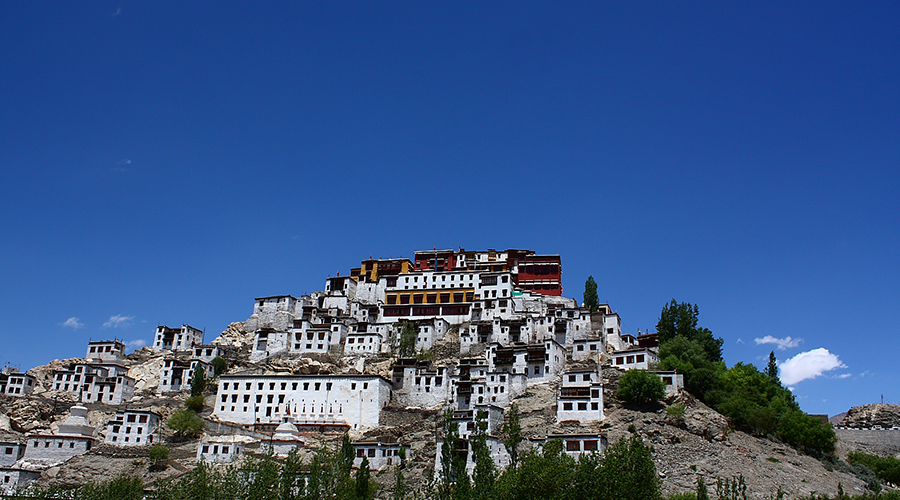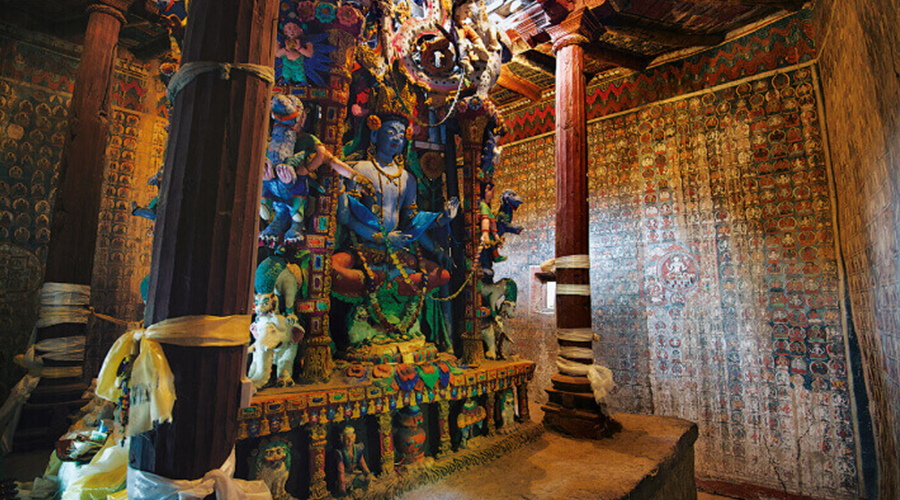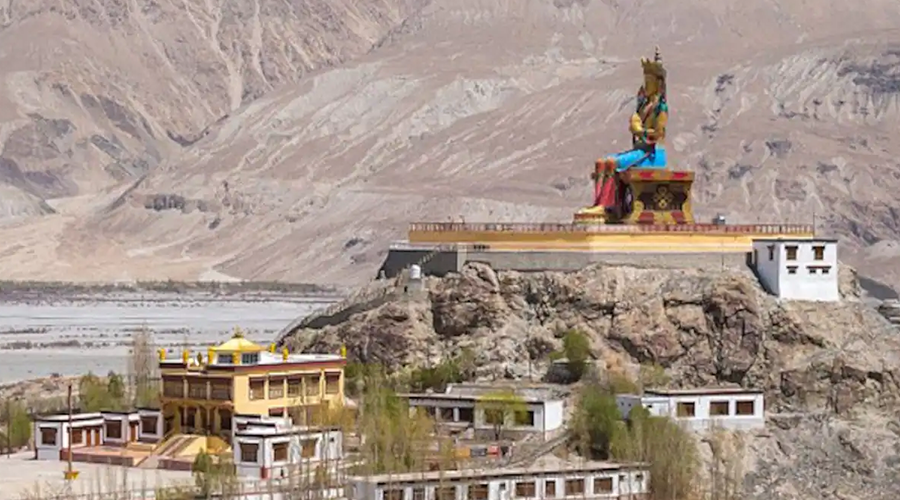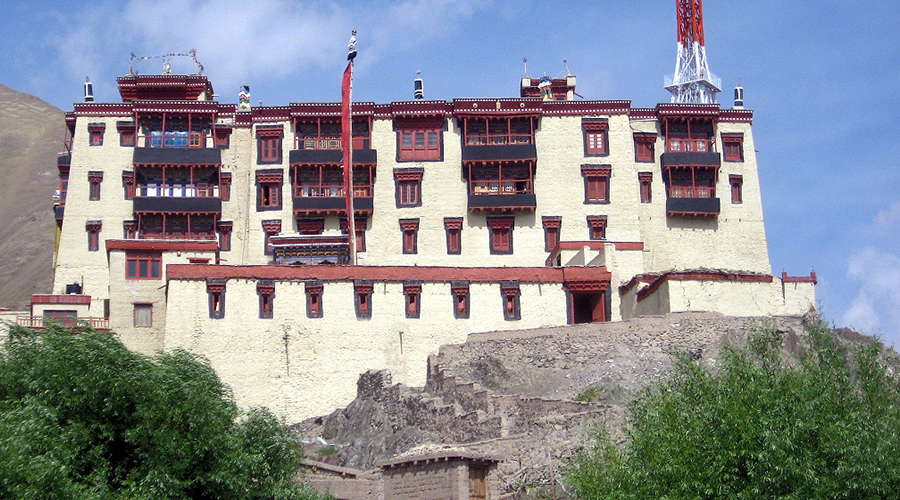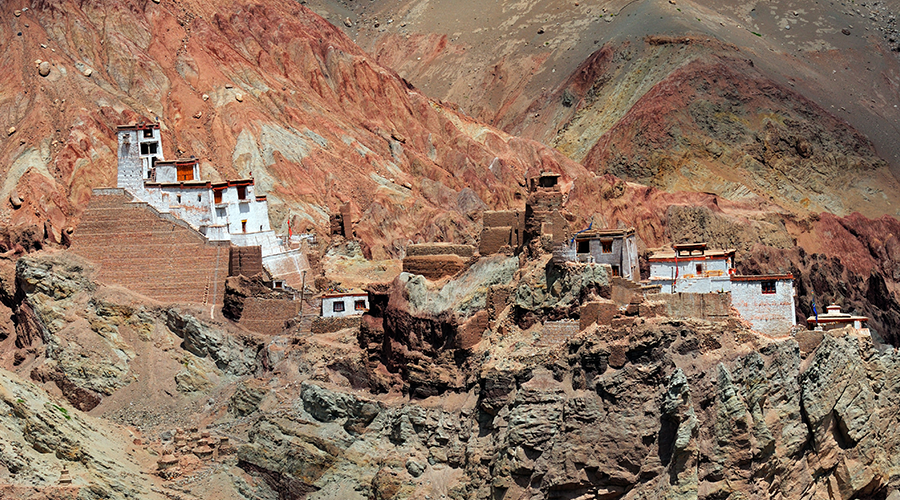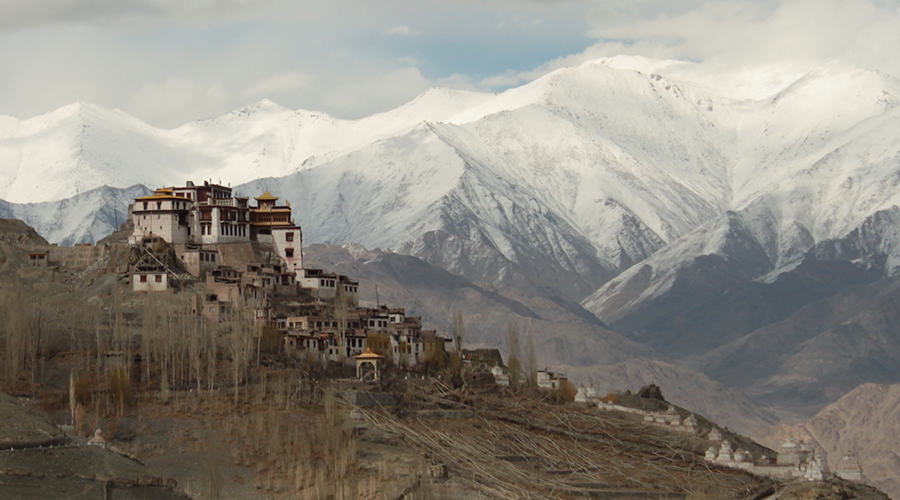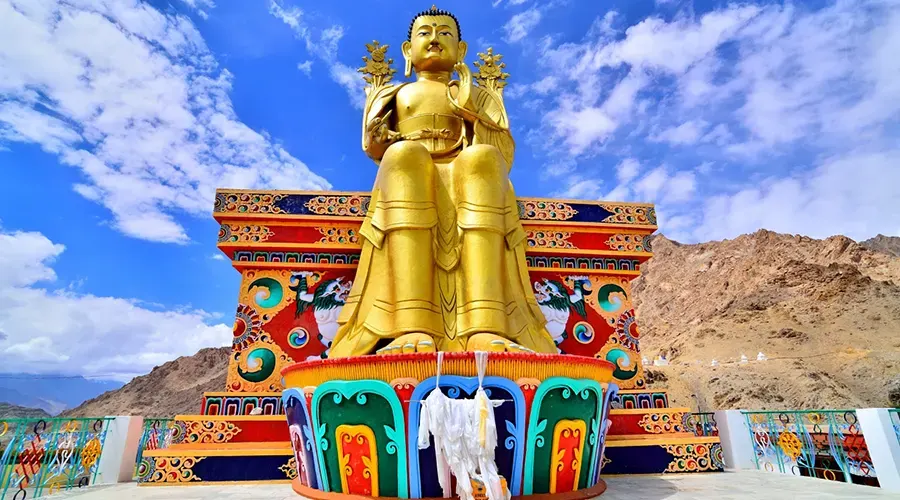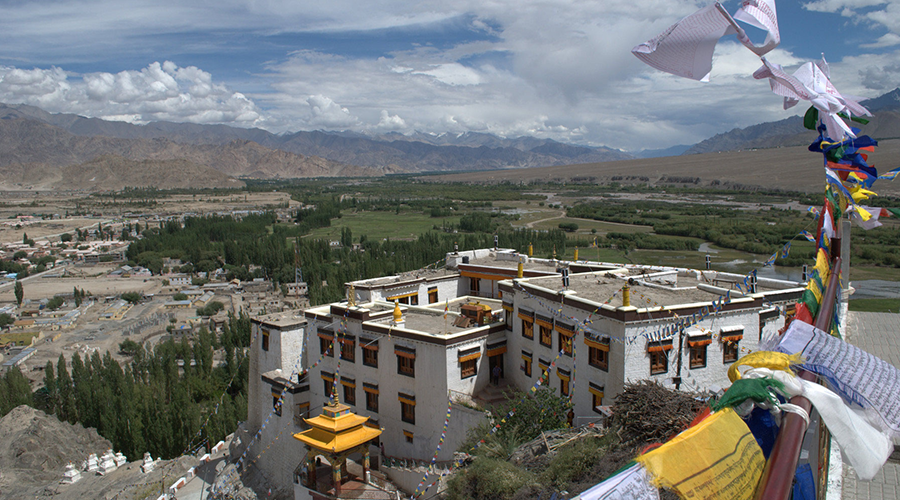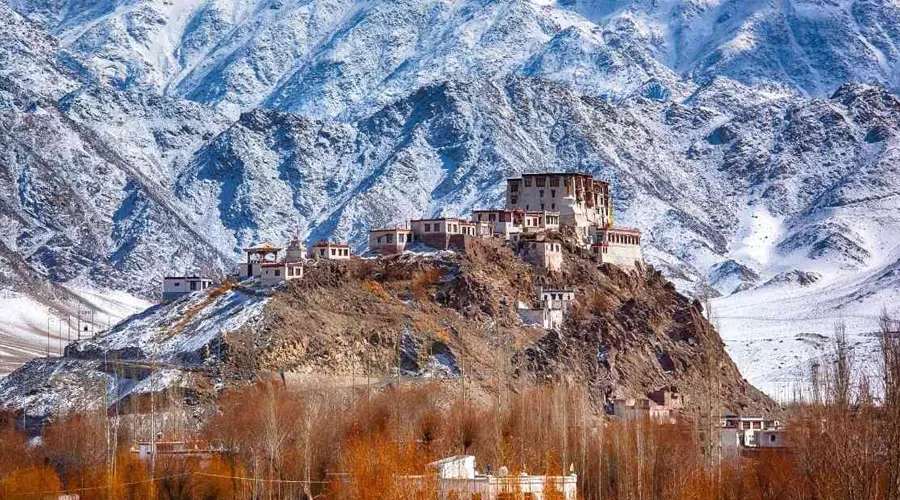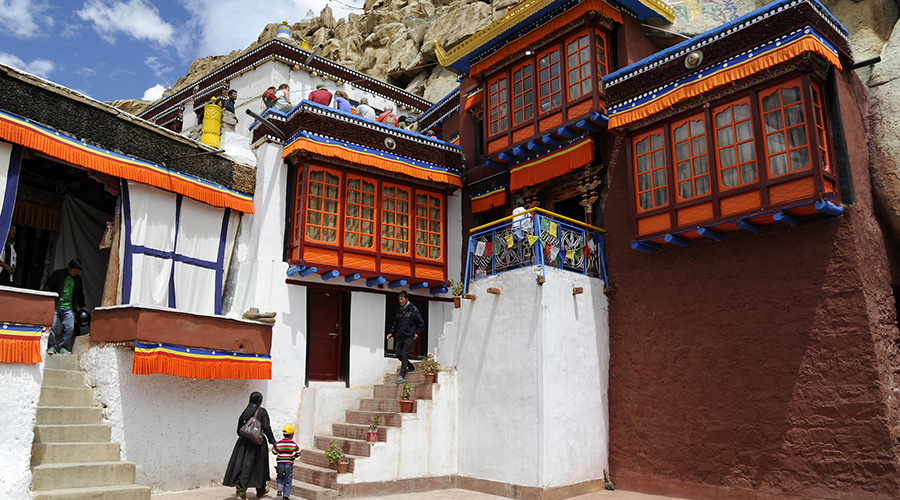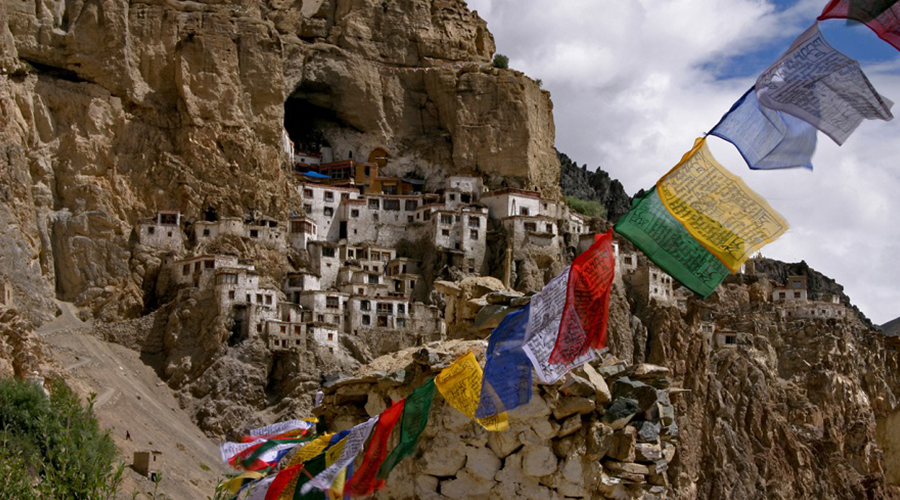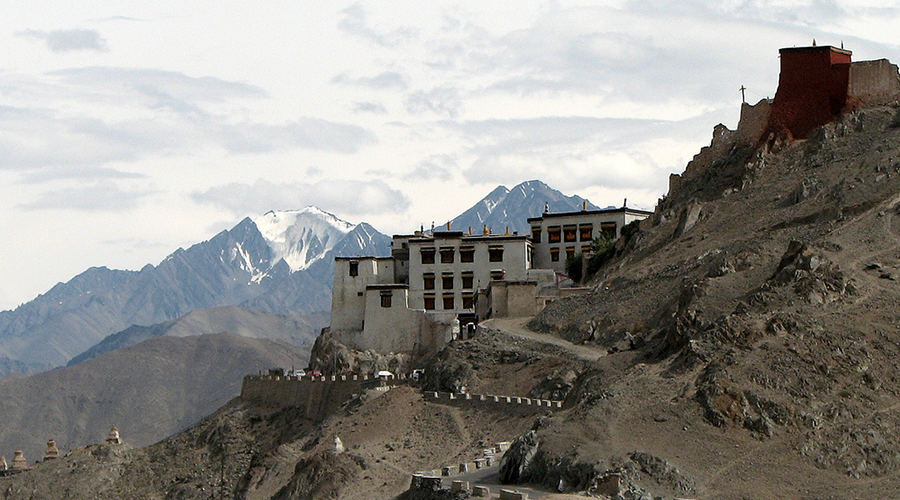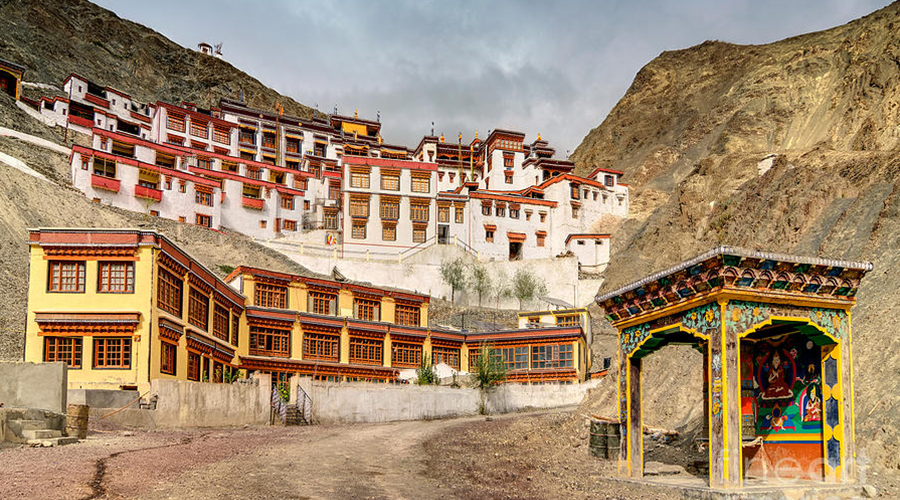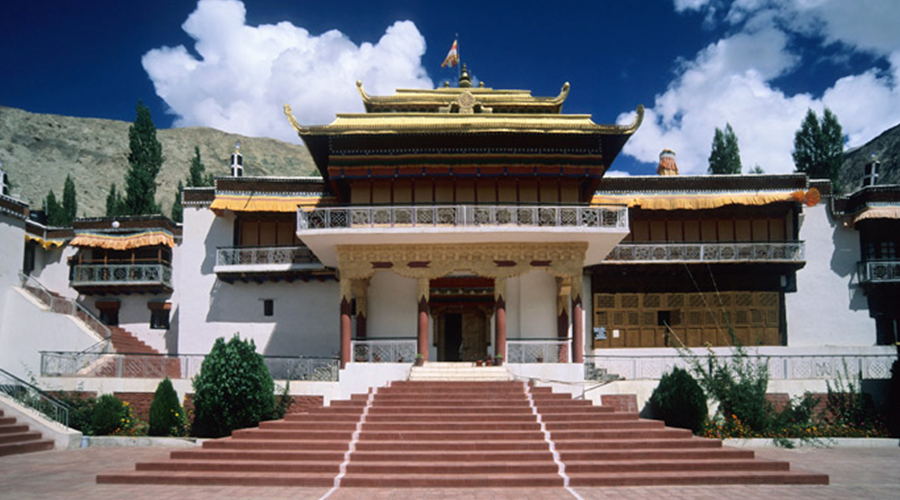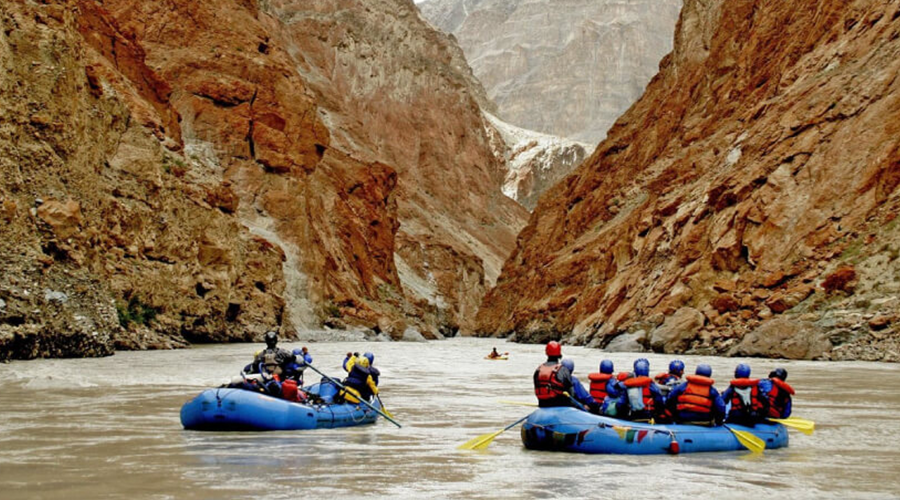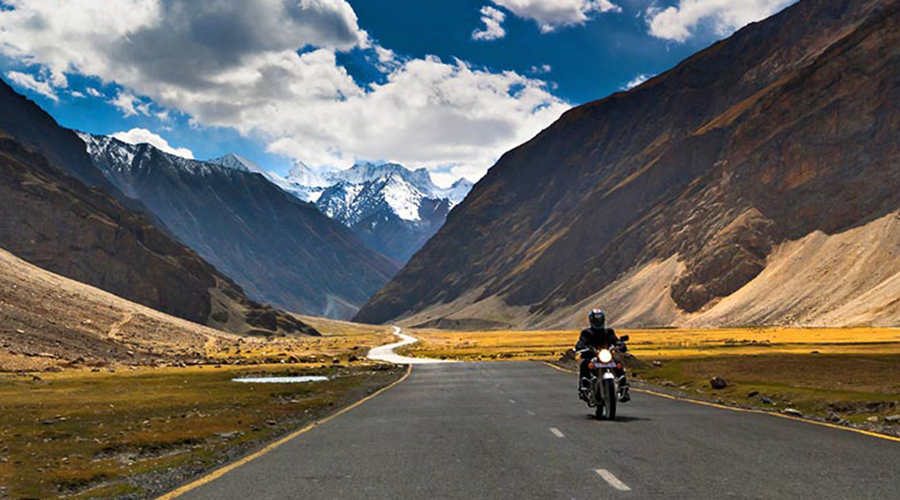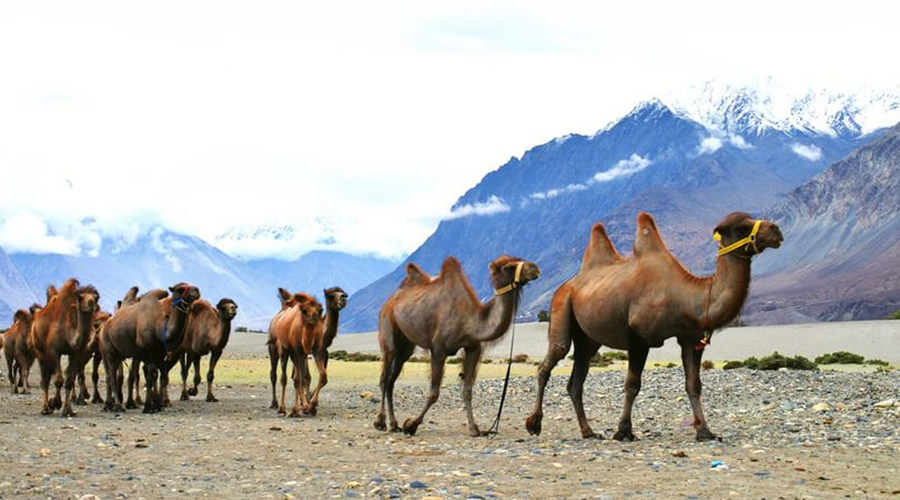Phyang Monastery
Phyang Monastery or Gangon Tashi Chodzong is a famous Buddhist institution in Ladakh. The place shares a distance of 20 km from the west of Leh. The name ‘Phyang monastery’ has been derived from “Gang Ngonpo” or the blue mountain. The very monastery was constructed in the 16th century by Choje Denma Drakpa. The 21st Dharma King of Ladakh Chogyal Tashi Namgyal sponsors the monastery as he was the disciple of Choje Denma Drakpa. The area where the monastery stands today once was under the royal property and was gifted to Denma Kunga Drakpa. Phyang monastery is a Buddhist center and belongs to the sect of red hat. The large temple premises include the accommodation of plenty of holy shrines inside the temple complex. These shrines feature spectacular wall paintings and artwork dating back to the royal period.
History
The monastery was built by King Lkra-Shis-Namgyal, founder of the Namgyal dynasty, in 1500 AD after defeating the last of the Lha-Chen kings. He ruled from 1500 to 1532 AD and during his reign, filled the monastery with beautiful statues, thankas, and copies of the Kandshur (the translated word of the Buddha) and the Tandshur (the 225-volume commentary on the Kandshur, compiled by the religious teacher Bu-Ston, 1290 to 1364 AD). These extremely valuable texts are still at Phyang. Phyang is a monastery of the red-hat sect of Buddhism with over 100 lamas. The head lama studied Buddhist philosophy at a university near Lhasa for eight years and had much of the gompa renovated in 1975.
Structure
After ascending several small flights of stairs, one reaches the rather small main courtyard with its tall flag pole in the center. The Dukhang or main assembly hall is off this courtyard up another small flight of steps. The Dukhang verandah has been recently painted with beautiful and colorful murals of the Guardians of the Four Directions. Entering the Dukhang one immediately notices the glassed-in sanctuary opposite the entrance. The central statue is Amitabha (the Boundless Light Buddha or Buddha of the West) and to the left are statues of a large Avalokitesvara with 1,000 arms, which symbolize his enormous strength, and various lamas of the red-hat sect. Avalokitesvara is a Buddhist deity analogous to the Hindu god Shiva and is believed to be reincarnated in the Dalai Lama.
To the right of the central statue are images of Tilopa (a founder of the red-hat sect) and Maitreya. In the background, the statues portray (from the left) Sakyamuni (the Historical Buddha), VairocanaPhyang Gompa(the teaching Buddha), and Maitreya. The walls of the Dukhang are decorated with murals of Vajradhara ( Buddha manifestation) the Five Buddhas (Vairocana and the Supreme Buddhas of the Four Directions) and small paintings of the Thousand Buddhas in the background. Hanging on the columns on the right side of the Dukhang is an enormous rolled-up thanka, embroidered with the depiction of all the guardian divinities. It is unfurled during the Phyang festival, usually in August, and is 4 stories high when completely unrolled.
